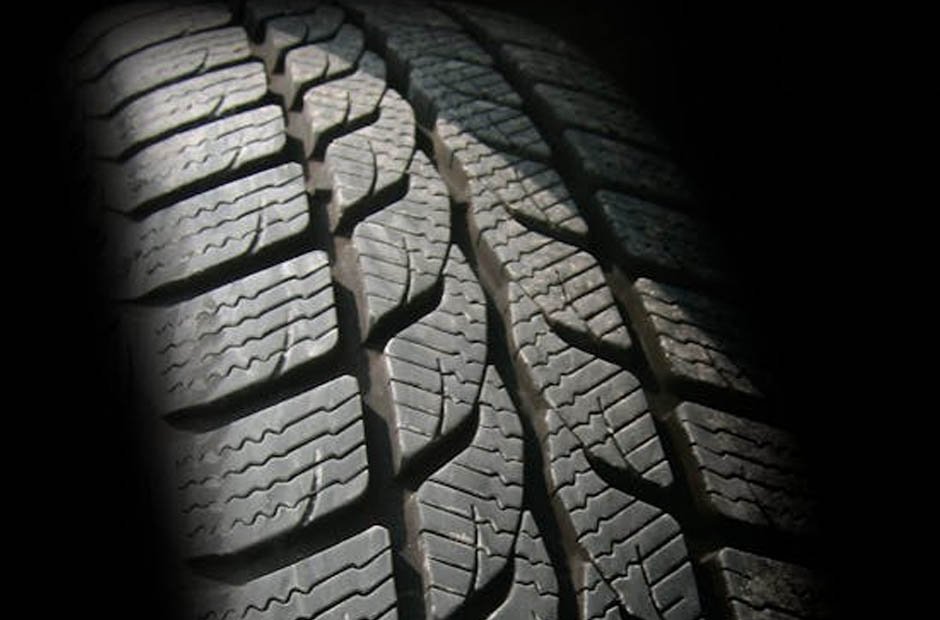Tires are the unsung heroes of automotive safety, tirelessly connecting your vehicle to the road with reliability and precision. Over time, however, they wear down and pose significant risks. Recognizing the signs that indicate a need for replacement tires can save lives and enhance performance.
This article outlines five key indicators that suggest it’s time to shop for new tires.
1. Uneven Tread Wear: A Clear Indicator of Trouble
Uneven tread wear is often the first sign that tires need replacing. It can result from misalignment, improper inflation, or suspension issues. Drivers should regularly check for uneven patterns like cupping or feathering across the tire surface. This condition not only reduces the lifespan of the tires but also compromises vehicle safety, particularly in wet conditions.
Regular checks and maintenance such as tire rotation, balancing, and maintaining correct pressure are essential. Early detection of uneven tread wear through visual inspections or during tire service appointments can prevent further damage and ensure optimal driving performance.
2. Cracks and Cuts: The Hidden Dangers on Your Tires
Cracks and cuts on tire surfaces are serious indicators that they may no longer be safe. These imperfections often occur due to exposure to extreme temperatures or after coming into contact with sharp objects. Over time, the rubber in tires degrades naturally due to oxidation and UV exposure, making them brittle and more prone to damage. Such deterioration compromises the structural integrity of the tire, increasing the risk of sudden failures while driving.
Regularly inspecting tires for any signs of cuts, cracks, or other deformities is crucial. Vehicle owners should consider the age of their tires and the environments they frequently drive in, as these factors can accelerate wear.
3. Bulges and Blisters: When Your Tires Start to Swell
Bulges and blisters on the outer surface of tires are critical warning signs of potential tire failure. These abnormalities usually develop when the tire’s internal frame is damaged and air pressure pushes the rubber outward. Such damage can occur due to hitting potholes, road debris, or curbs too hard.
Driving on a tire with this kind of damage is dangerous because it greatly increases the risk of a blowout, particularly at high speeds. It is imperative to inspect tires regularly for any signs of bulging or blistering and replace them immediately if these defects are found.
4. Vibration and Noise: More Than Just a Nuisance
Excessive vibration and noise from tires are often dismissed as minor annoyances, but they can signify deeper issues. These symptoms can indicate misalignment, imbalance, or damage to the tire or wheel assembly. If left unchecked, they can lead to premature wear of vehicle components, including the suspension and steering systems.
Proper tire maintenance, such as regular balancing and alignment checks, is crucial in preventing these problems. Additionally, replacing tires that cause excessive noise and vibration can drastically improve the driving experience and safety. It is advisable to address these issues promptly to avoid the risk of more significant and costly repairs down the road.
5. Age Matters: The Time Factor in Tire Health
The age of a tire plays a crucial role in its effectiveness and safety. Even if a tire appears to have ample tread left, rubber compounds deteriorate over time, reducing grip and increasing the risk of failure. Manufacturers generally recommend replacing tires every six to ten years, regardless of tread wear. This timeframe can vary based on the tire’s exposure to elements like heat, sunlight, and chemicals, all of which accelerate aging.
Though the price of tires depends on several factors, tires can be expensive. For those considering cost-effective alternatives, purchasing cheap tires online can be a viable option, provided they meet safety standards. Just check the reputability of businesses that sell tires to ensure that the tires they carry are of good quality.
Final Considerations: Deciding When to Invest in New Tires
Ensuring your tires are in top condition is crucial for safe driving and optimal vehicle performance. Regular inspections can prevent accidents and improve fuel efficiency. If you notice any of the signs discussed, consider replacing your tires promptly. A fresh set of tires can offer peace of mind and enhance your driving experience. Take action today to maintain your vehicle’s safety and reliability on the road.
















